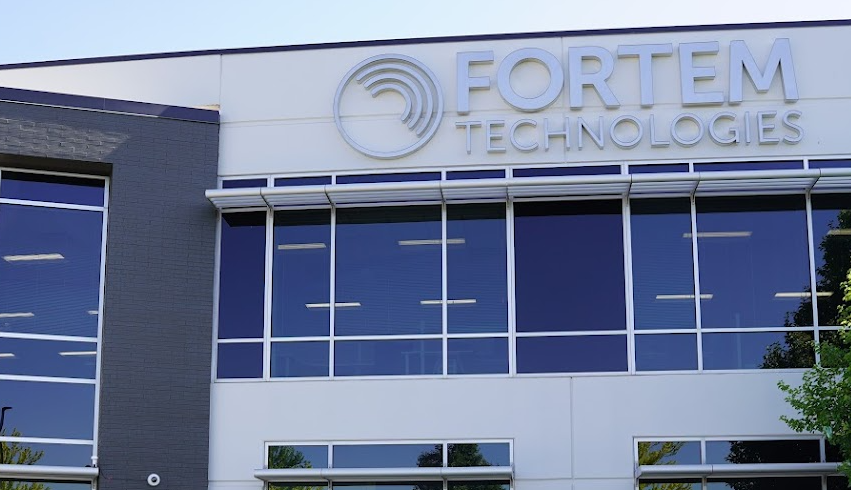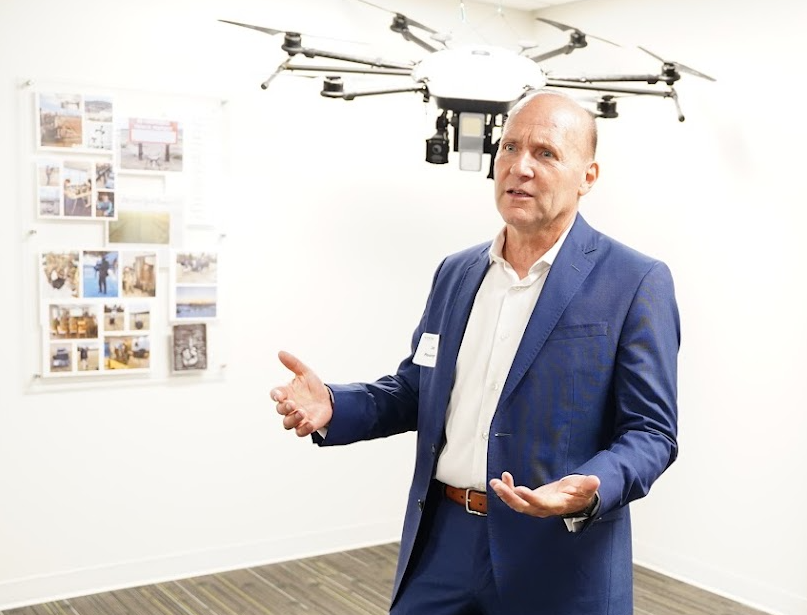

Lindon, Utah — November 21, 2025
Fortem Technologies has been admitted as one of the first companies into the U.S. Army’s new Global Tactical Edge Acquisition Directorate (G-TEAD) Marketplace—an early validation that positions the Utah firm for faster, competition-free procurement across the federal landscape. The move caps an already strong stretch for the Lindon-based counter-UAS company, which in October announced more than a dozen follow-on orders from U.S. allies in Europe and the Middle East.
For a company with fielded deployments in Ukraine, the Middle East, and East Asia, the back-to-back developments underscore a simple reality: Fortem’s systems aren’t theoretical anymore. They’re operational, they’re scaling, and defense organizations are buying them in larger quantities and with fewer barriers.
Accelerated Access Through the G-TEAD Marketplace
The G-TEAD Marketplace is part of the Army’s acquisition overhaul aimed at shrinking years-long procurement cycles to weeks. With Fortem now pre-vetted, authorized Army units—and other federal agencies with purchasing authority—can order systems like DroneHunter and SkyDome directly, without competing solicitations. Some NATO and allied buyers may also be able to leverage the channel depending on legal frameworks.
“This is transformational for our customers and for the mission of saving lives,” said CEO Jon Gruen. “G-TEAD gives commanders a way to procure proven C-UAS capabilities in weeks rather than years—at the pace the threat is evolving.”
The Army’s decision reflects its assessment that Fortem’s autonomous C-UAS systems have met the technical, operational, and competitive standards required for rapid scaling under authorities such as 10 U.S.C. § 4022(f). As the new framework rolls out across theaters, Fortem will be working directly with Army Contracting Command and operational units.
October Surge: Allies Double Orders as Drone Threats Escalate
Fortem’s G-TEAD admission comes on the heels of a large Q3 procurement wave from allied militaries. In October, the company revealed follow-on orders for more than a dozen full C-UAS systems—including the new R40 ground-based radar and multiple DroneHunter interceptor variants. The orders doubled the company’s Q3 sales from both the previous quarter and the same period a year prior.
“Receiving multiple orders from U.S. allies in the same quarter underscores the maturity of our solution and the trust we’ve earned with frontline defense partners,” Gruen told TechBuzz at the time.

The systems are headed to European and Middle Eastern defense installations where drone incursions have become both more frequent and more complex. In just the first week of October, airports in Munich and Oslo experienced shutdowns or delays due to drone sightings—disruptions that highlighted the vulnerability of civilian and military infrastructure.
These incidents come as nations grapple with adversaries deploying faster, heavier, and more unpredictable drones. Fortem’s DroneHunter family spans both net-based interceptors for low-collateral environments and more robust interceptors designed for higher-threat scenarios.
AI, Field Testing, and Real-World Data as Competitive Edge
Fortem’s technical advantage comes from its AI-driven detection and targeting engine, refined through seven years of collaboration with the U.S. Army. Unlike legacy systems tied to pre-populated signal libraries, Fortem’s approach allows the system to recognize and neutralize previously unknown drones and data links.

“Each new scenario we encounter, whether in Ukraine, the Middle East, or Europe, is absorbed and fed back into our AI,” Gruen said. “When we roll out a new software baseline across all deployed systems, they all instantly gain the new learning.”
This real-world feedback loop—fed by active deployments, allied training cycles, and customer-generated scenarios—continues to compound the system’s capabilities.
Utah Engineering Culture and Field-Centric Development
The company’s steady acceleration is tied to its engineering culture in Utah, where rapid iteration is the norm. Teams routinely test radar and interceptor updates in local ranges and high-fidelity simulations before rolling them out to customers.
“Every day, teams are out testing radars and drones, constantly iterating,” Gruen said. “We take customer input, recreate it in Utah, and develop a solution. It’s pure mission-oriented culture.”
Fortem also invests heavily in training programs—from quick-start operator sessions to three-week train-the-trainer courses—ensuring that frontline users can not only deploy the systems effectively but also provide data that feeds back into software improvements.

Poised for Faster Scaling
With rising international sales, expanding deployments, and now accelerated U.S. procurement pathways, Fortem is positioned for a larger role in the rapidly growing counter-UAS market. The company remains the only firm authorized to operate a kinetic, drone-on-drone interceptor in U.S. airspace, and its solutions continue to gain operational traction in both combat zones and civilian infrastructure protection.
The G-TEAD designation signals the Army’s intent to field vetted, high-impact technologies faster—and Fortem is now at the front of that queue.
To learn more, visit fortemtech.com.

